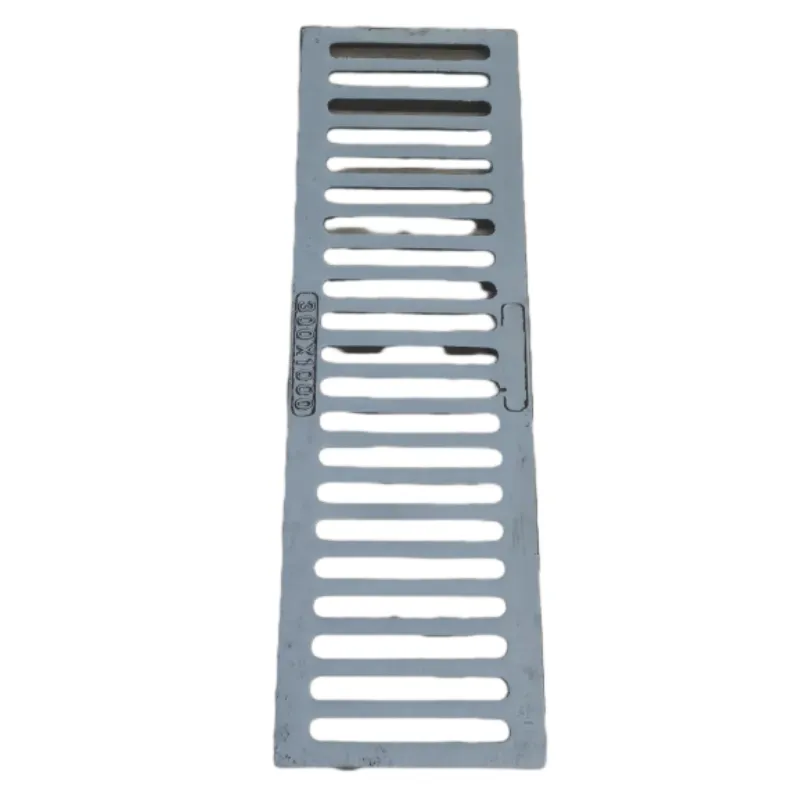double acting pneumatic actuator butterfly valve
Double Acting Pneumatic Actuator Butterfly Valve
Pneumatic actuators have gained significant traction in various industrial applications, thanks to their reliability and efficiency in controlling fluid flow. Among the many types of valves available today, the double acting pneumatic actuator butterfly valve stands out due to its unique design and operational capabilities. This article explores the features, advantages, and applications of this versatile valve type.
What is a Double Acting Pneumatic Actuator Butterfly Valve?
A double acting pneumatic actuator butterfly valve consists of a butterfly valve paired with a double acting actuator. The butterfly valve is a quarter-turn rotational valve that utilizes a disc to control the flow of fluids through a pipe. When the actuator is activated, it rotates the disc either to a fully open position or a fully closed position, allowing for rapid flow control.
The double acting actuator uses compressed air on both sides of the piston to drive the valve. This arrangement enables the actuator to exert force in two directions, ensuring a more immediate and responsive action compared to single acting actuators, which rely on a spring return mechanism.
Features and Advantages
One of the primary benefits of double acting pneumatic actuator butterfly valves is their quick response time, making them ideal for applications requiring frequent on-and-off cycling. This rapid action reduces the risk of system delays, which can be critical in processes such as water treatment, chemical processing, and power generation.
Another significant advantage is the ability to handle high-pressure applications efficiently. The double acting design allows for greater torque output from the actuator, thus enhancing the valve’s capability to manage harsh conditions without a compromise in performance. This robustness ensures longevity and reliability, minimizing downtime and maintenance costs.
Additionally, these valves often come equipped with various features such as position indicators and limit switches, providing operators with essential feedback regarding valve status. This level of automation enhances operational efficiency and enables better control in complex systems.
double acting pneumatic actuator butterfly valve

Applications
Double acting pneumatic actuator butterfly valves find extensive applications across a range of industries. They are particularly favored in
1. Water and Wastewater Management The quick opening and closing capabilities allow for efficient regulation of flow in treatment plants.
2. Chemical Processing These valves can handle corrosive substances, making them suitable for the safe and efficient transportation of chemicals.
3. Power Generation In power plants, butterfly valves are used to control the flow of steam and cooling water, crucial for maintaining optimal operating conditions.
4. HVAC Systems They help in regulating airflow and temperature, ensuring energy efficiency in building management systems.
5. Food and Beverage Industry Their sanitary design and ease of cleaning make them suitable for handling food products.
Conclusion
In summary, the double acting pneumatic actuator butterfly valve is a powerful and efficient solution for fluid control in various industrial applications. Its unique design allows for rapid response, high-pressure handling, and reliable performance, making it a preferred choice for engineers and operators. As industries continue to evolve and demand more efficient solutions, the importance of such valves will only grow, affirming their role as integral components in modern automation and process control systems.
-
The Smarter Choice for Pedestrian AreasNewsJun.30,2025
-
The Gold Standard in Round Drain CoversNewsJun.30,2025
-
The Gold Standard in Manhole Cover SystemsNewsJun.30,2025
-
Superior Drainage Solutions with Premium Gully GratesNewsJun.30,2025
-
Superior Drainage Solutions for Global InfrastructureNewsJun.30,2025
-
Square Manhole Solutions for Modern InfrastructureNewsJun.30,2025
-
Premium Manhole Covers for Modern InfrastructureNewsJun.30,2025
